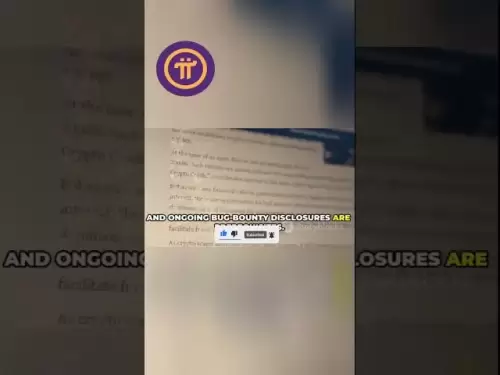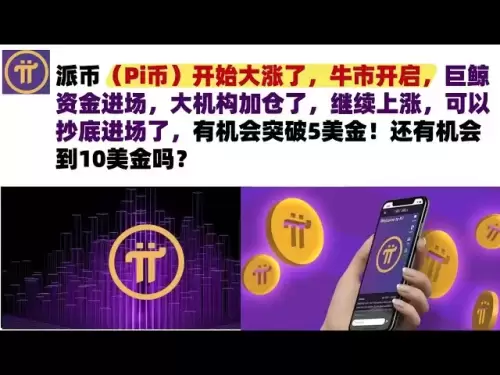-
 Bitcoin
Bitcoin $116700
0.13% -
 Ethereum
Ethereum $4229
5.18% -
 XRP
XRP $3.290
0.28% -
 Tether USDt
Tether USDt $1.000
0.01% -
 BNB
BNB $804.4
1.46% -
 Solana
Solana $181.3
1.92% -
 USDC
USDC $1.000
0.02% -
 Dogecoin
Dogecoin $0.2453
8.11% -
 TRON
TRON $0.3359
-0.82% -
 Cardano
Cardano $0.8187
2.71% -
 Hyperliquid
Hyperliquid $43.56
6.46% -
 Chainlink
Chainlink $21.22
9.48% -
 Stellar
Stellar $0.4533
0.95% -
 Sui
Sui $3.948
2.90% -
 Bitcoin Cash
Bitcoin Cash $571.0
-2.75% -
 Hedera
Hedera $0.2657
1.33% -
 Avalanche
Avalanche $24.32
2.80% -
 Ethena USDe
Ethena USDe $1.001
0.02% -
 Litecoin
Litecoin $122.2
-0.70% -
 Toncoin
Toncoin $3.440
1.95% -
 UNUS SED LEO
UNUS SED LEO $8.978
-0.09% -
 Shiba Inu
Shiba Inu $0.00001385
5.32% -
 Uniswap
Uniswap $10.94
0.24% -
 Polkadot
Polkadot $4.116
3.88% -
 Dai
Dai $1.000
0.00% -
 Pepe
Pepe $0.00001233
5.82% -
 Bitget Token
Bitget Token $4.511
0.53% -
 Cronos
Cronos $0.1572
2.50% -
 Monero
Monero $272.0
-1.82% -
 Ethena
Ethena $0.7563
17.60%
What may be the problem that the remaining quantity of Bybit's order is not retained after part of the transaction?
Partial fills on Bybit occur due to insufficient liquidity, order type, volatility, connectivity issues, or system errors, potentially leading to order quantity loss.
Mar 27, 2025 at 08:43 am
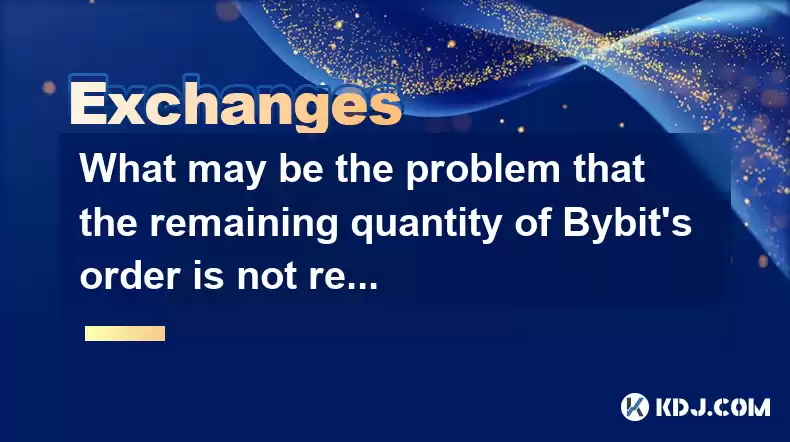
Understanding Partial Fills and Order Book Dynamics on Bybit
Bybit, like other cryptocurrency exchanges, operates on an order book system. This means that buy and sell orders are matched based on price and quantity. When you place an order, it doesn't guarantee immediate execution of the entire quantity. A partial fill occurs when only a portion of your order is executed because there isn't sufficient liquidity at your specified price. The remaining portion of your order might be cancelled or remain open, depending on your order type and the exchange's settings.
The most common reason for the remaining quantity of a Bybit order not being retained after a partial fill is the order type used. Market orders, for instance, are designed for immediate execution at the best available price. If the available liquidity is less than your order quantity, the rest of the order is simply filled at the next best price or automatically canceled.
Another factor is the volatility of the cryptocurrency market. Prices fluctuate rapidly, and if the price moves significantly after a partial fill, your remaining order might become invalid. This is particularly true for limit orders, which are only executed when the market price reaches your specified price. If the price moves away from your limit before the remaining quantity can be filled, the order may be cancelled.
The exchange's order management system also plays a crucial role. Technical glitches or temporary outages can lead to the cancellation of orders, even if they haven't been fully executed. These issues are generally rare but can cause unexpected order behavior. It's vital to monitor your order status closely, especially during periods of high market volatility.
Furthermore, consider the possibility of accidentally cancelling the remaining order. Bybit's interface allows for modification and cancellation of orders. If you inadvertently cancel the remaining quantity after a partial fill, it will obviously not be retained. Carefully review your order details and actions to ensure this isn't the cause.
Investigating Potential Issues Leading to Order Quantity Loss on Bybit
Let's delve deeper into the scenarios where you might experience a loss of the remaining order quantity on Bybit:
Insufficient Liquidity: This is the most frequent cause. If your order size exceeds the available liquidity at your specified price, only a portion will be filled. The remainder will be canceled unless you've specified a different order type, such as a "Good Till Cancelled" (GTC) order. Always check the order book depth before placing large orders to assess available liquidity.
Order Type Selection: Market orders are executed immediately but don't guarantee full fills. Limit orders, on the other hand, only execute at your specified price, and if the price doesn't reach that level, the order remains open or is canceled based on its settings. Stop orders are triggered when the price hits a certain level but also might not fill the entire quantity if liquidity is insufficient. Understanding the nuances of each order type is crucial.
Price Volatility and Slippage: Rapid price changes can lead to slippage, meaning your order is executed at a less favorable price than anticipated. High volatility increases the risk of partial fills and order cancellation. In highly volatile markets, consider using smaller order sizes or employing different order types to mitigate this risk.
Network Connectivity Issues: Temporary disruptions in your internet connection or Bybit's servers can interrupt order execution. Ensure a stable internet connection before placing and monitoring orders. A temporary outage could lead to your order being partially filled and then lost before it can be completed.
Exchange Maintenance: Scheduled or unscheduled maintenance on Bybit's platform can temporarily halt trading, potentially affecting your order execution. Check Bybit's announcements for planned maintenance periods.
API Errors: If you're using Bybit's API for automated trading, errors in your code or API malfunctions could lead to unexpected order behavior, including the loss of remaining order quantity. Thoroughly test your API code and monitor its execution closely.
Bybit's Order Management System and its Impact
Bybit's order management system is designed to handle a high volume of transactions efficiently. However, it's not immune to occasional glitches or delays. While rare, these issues can sometimes result in the loss of the remaining quantity of an order.
Understanding how Bybit's system handles partial fills is crucial. Bybit typically cancels the remaining portion of an order if it's not filled within a certain timeframe or if the price moves significantly. This timeframe and price movement threshold are not publicly disclosed but are designed to protect users from adverse market conditions.
The exchange’s system prioritizes matching orders based on price and time priority. If multiple orders are competing for the same liquidity at the same price, the order that was submitted first will generally be filled first. This means that even if you have a large order, a rapid influx of other orders could result in only a partial fill.
Bybit offers various order types to manage risk and optimize execution. Understanding the differences between market, limit, stop-limit, and other order types is vital in mitigating the risk of losing the remaining quantity after a partial fill. Choosing the appropriate order type for your trading strategy is crucial.
Frequently Asked Questions
Q: What should I do if my Bybit order is partially filled and the remaining quantity is not retained?
A: First, check your order history to confirm the order was indeed partially filled and the remainder canceled. Then, review your order type and the market conditions at the time of execution. If you suspect a system error, contact Bybit's customer support.
Q: How can I prevent the loss of remaining order quantity on Bybit?
A: Use smaller order sizes, especially in volatile markets. Choose appropriate order types (limit orders for specific price targets, GTC orders for longer-term holding). Monitor your orders closely, and ensure a stable internet connection.
Q: Are there any fees associated with partially filled orders on Bybit?
A: Yes, you will only pay trading fees on the portion of your order that was successfully executed. The unfilled portion incurs no fees.
Q: Does Bybit provide any tools or resources to help understand order management?
A: Bybit offers comprehensive documentation and tutorials on its website explaining different order types and their functionalities. Their customer support can also assist with any questions or concerns.
Q: Can I manually adjust or modify a partially filled order on Bybit?
A: Yes, you can often cancel the remaining portion of a partially filled order and place a new order with adjusted parameters. However, you cannot directly modify the remaining quantity of an existing order.
Disclaimer:info@kdj.com
The information provided is not trading advice. kdj.com does not assume any responsibility for any investments made based on the information provided in this article. Cryptocurrencies are highly volatile and it is highly recommended that you invest with caution after thorough research!
If you believe that the content used on this website infringes your copyright, please contact us immediately (info@kdj.com) and we will delete it promptly.
- Trump, Crypto Vehicle, and WLFI Tokens: A New York Minute on the Latest Buzz
- 2025-08-10 00:30:12
- Wheat Penny Fortune: Unearthing Valuable Coins in Your Pocket Change
- 2025-08-10 00:35:19
- Dogecoin, PENGU, and Remittix: A New York Minute in Crypto
- 2025-08-10 01:10:12
- Ozark AI: Investment Opportunities and Analyst Projections for 2025
- 2025-08-10 01:15:17
- Cryptocurrencies 2025: Top Buys and Market Predictions
- 2025-08-10 01:20:12
- Pendle's Price Jump: Riding the Wave of Market Sentiment
- 2025-08-10 01:25:11
Related knowledge
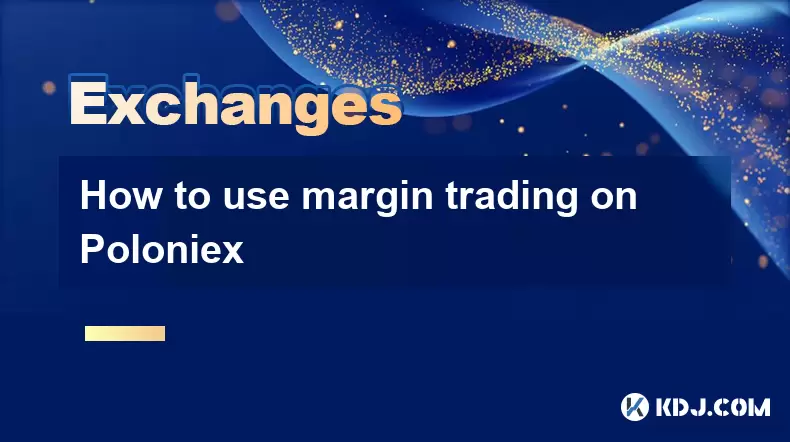
How to use margin trading on Poloniex
Aug 08,2025 at 09:50am
Understanding Margin Trading on Poloniex
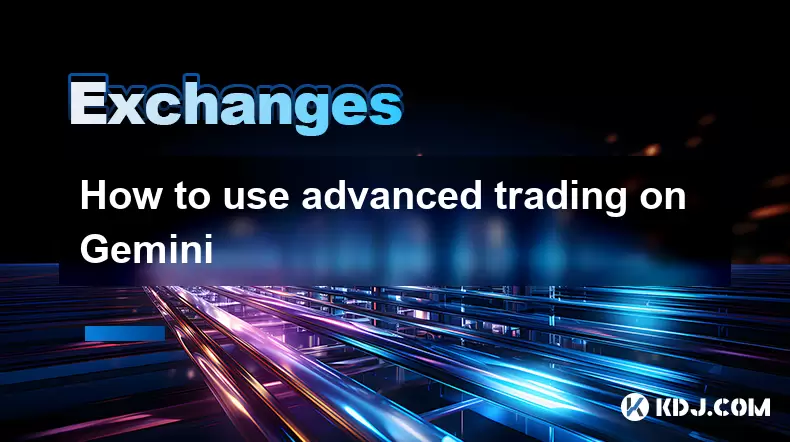
How to use advanced trading on Gemini
Aug 08,2025 at 04:07am
Understanding Advanced Trading on GeminiAdvanced trading on Gemini refers to a suite of tools and order types designed for experienced traders who wan...
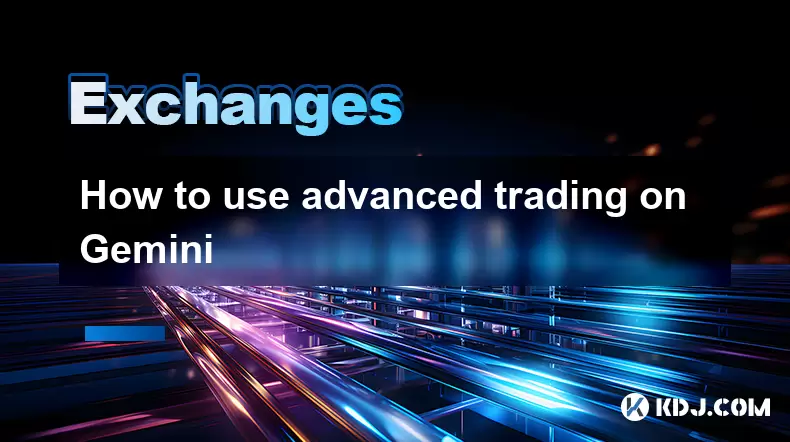
How to use advanced trading on Gemini
Aug 08,2025 at 10:56pm
Understanding Advanced Trading on GeminiAdvanced trading on Gemini refers to the suite of tools and order types available on the Gemini ActiveTrader p...
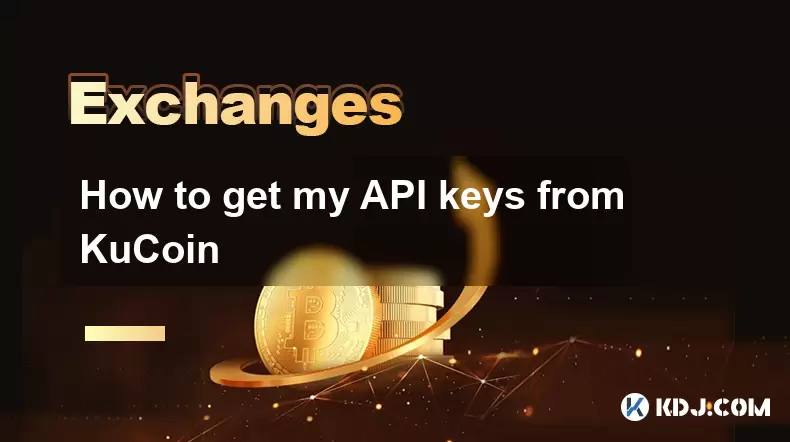
How to get my API keys from KuCoin
Aug 08,2025 at 06:50pm
Understanding API Keys on KuCoinAPI keys are essential tools for users who want to interact with KuCoin's trading platform programmatically. These key...
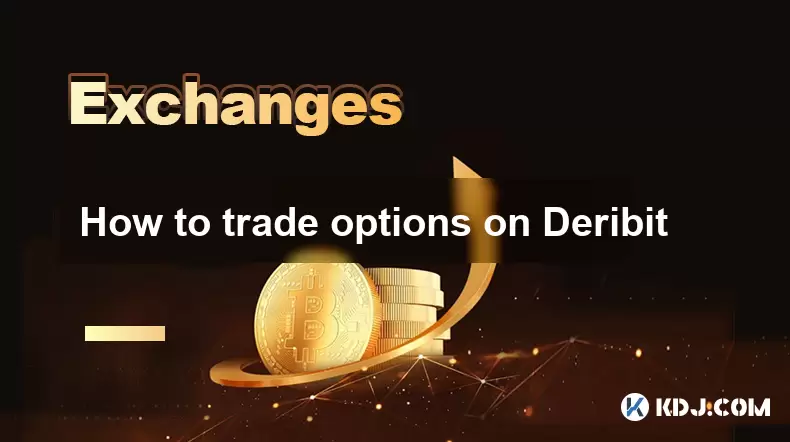
How to trade options on Deribit
Aug 09,2025 at 01:42am
Understanding Deribit and Its Options MarketDeribit is a leading cryptocurrency derivatives exchange that specializes in Bitcoin (BTC) and Ethereum (E...
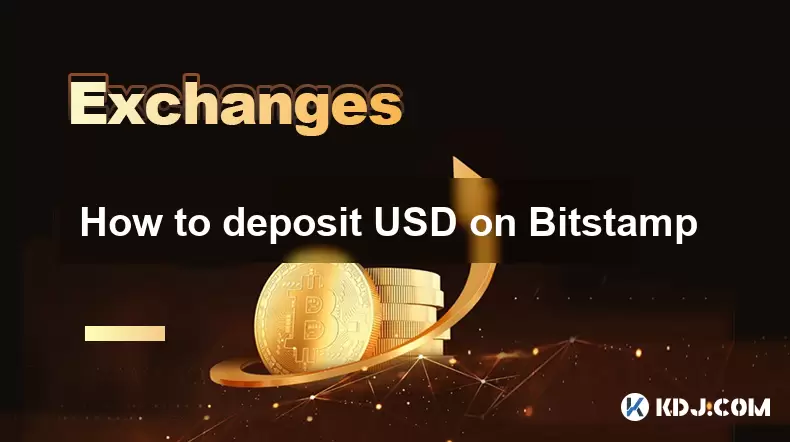
How to deposit USD on Bitstamp
Aug 07,2025 at 05:18pm
Understanding Bitstamp and USD DepositsBitstamp is one of the longest-standing cryptocurrency exchanges in the industry, offering users the ability to...

How to use margin trading on Poloniex
Aug 08,2025 at 09:50am
Understanding Margin Trading on Poloniex

How to use advanced trading on Gemini
Aug 08,2025 at 04:07am
Understanding Advanced Trading on GeminiAdvanced trading on Gemini refers to a suite of tools and order types designed for experienced traders who wan...

How to use advanced trading on Gemini
Aug 08,2025 at 10:56pm
Understanding Advanced Trading on GeminiAdvanced trading on Gemini refers to the suite of tools and order types available on the Gemini ActiveTrader p...

How to get my API keys from KuCoin
Aug 08,2025 at 06:50pm
Understanding API Keys on KuCoinAPI keys are essential tools for users who want to interact with KuCoin's trading platform programmatically. These key...

How to trade options on Deribit
Aug 09,2025 at 01:42am
Understanding Deribit and Its Options MarketDeribit is a leading cryptocurrency derivatives exchange that specializes in Bitcoin (BTC) and Ethereum (E...

How to deposit USD on Bitstamp
Aug 07,2025 at 05:18pm
Understanding Bitstamp and USD DepositsBitstamp is one of the longest-standing cryptocurrency exchanges in the industry, offering users the ability to...
See all articles
























